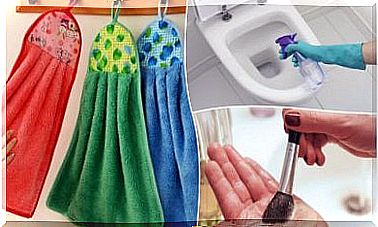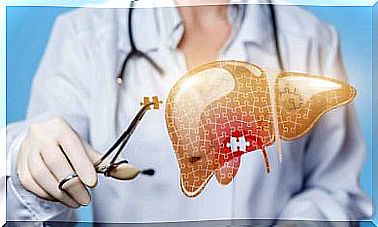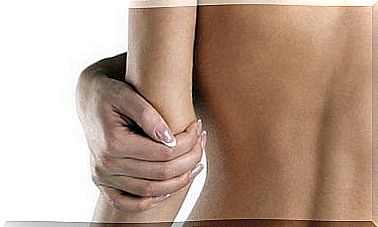Urinary Tract Infections In Children
Urinary tract infections can be serious and cause kidney damage. For this reason, it is essential to know the symptoms and to go to the doctor to start treatment as soon as possible.
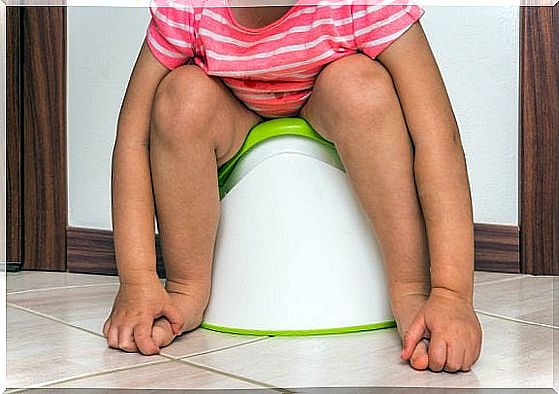
Urinary tract infections in children are quite common. This type of infection occurs when certain bacteria enter the bladder and kidneys. Thus, it is necessary to go to the doctor to start treatment as soon as possible.
In this article, we tell you what urinary tract infections are and what their treatment is.
Urinary tract infections
Urinary tract infections (UTI) are defined by the presence or proliferation of microorganisms in the organs of urination, along with their symptoms. Asymptomatic infection is called asymptomatic bacteriuria.
We must distinguish several types of urinary tract infections depending on their location:
- Acute pyelonephritis (affects the renal parenchyma)
- Urinary tract infection of the lower tract (cystitis)
In addition, the bacteria most commonly susceptible to developing urinary tract infections in children are P roteus , Klebsiella , Enterobacteria , Streptococci and Staphylococci . In newborns, the most frequent cases may also be due to Li steria monocytogenes and Enterococcus .
As we said earlier, UTIs are common in childhood, and since they can be recurrent and develop long-term complications, it is essential to see a pediatrician to begin treatment as quickly as possible.
Symptoms of urinary tract infections
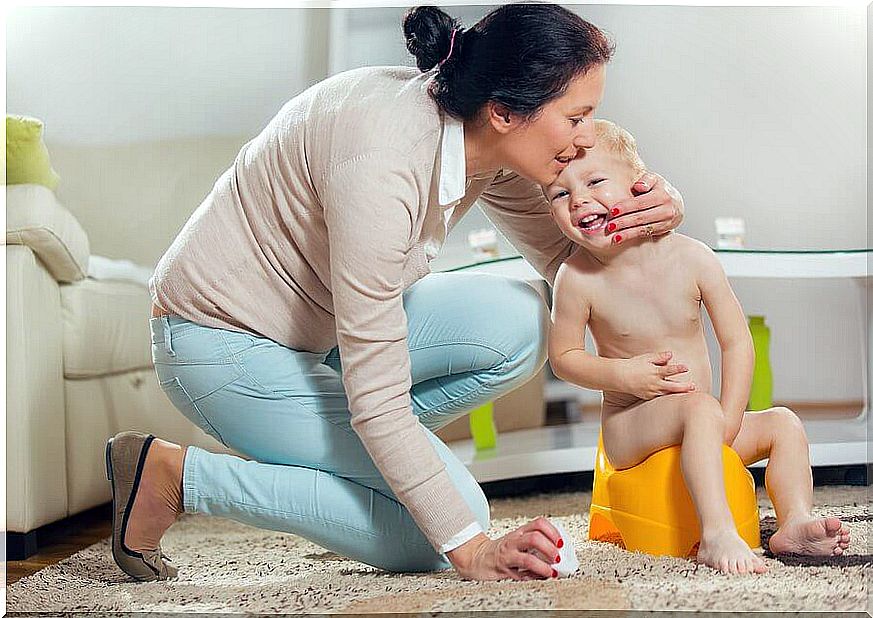
Symptoms can be changed depending on the age of the child. In fact, it is more difficult to detect the disease in newborns or in babies less than 6 months old. However, symptoms common to all children are the presence of fever (usually over 37 ° C) and painful urination.
Let’s see the most common symptoms:
- Pain, burning or tingling when urinating
- Fever
- Pain in the bladder area
- Urine that is smelly, cloudy and may even contain blood
- Irritability and vomiting
- General discomfort and chills
- Constant need to urinate, even when you urinate little each time
It is precisely in the case of acute pyelomelitis that the symptoms are usually more severe. This is because severe cases of fever appear in these cases, as well as fatigue and an inability to eat which can cause vomiting.
On the other hand, certain risk factors are associated with the appearance of urinary tract infections in children. Among the most common, we can highlight:
- Problems in the urinary system (urinary tract obstructions, for example)
- Kidney malformations
- Vesicoureteric reflux, a disorder that causes urine to flow to the kidneys and ureters.
- Inadequate hygiene habits
How to diagnose it?
The doctor will perform a physical examination and later indicate that a urine test or culture is performed. In general, the culture will allow the specialist to determine the type of infection and, therefore, to choose the best treatment.
On the other hand, the way urine is collected for analysis depends on the age of the child. So, in older children, it is enough to ask them to urinate in a sterilized container. However, in smaller children who are still in diapers, it is common to use a catheter to obtain the sample.
How are UTIs treated?
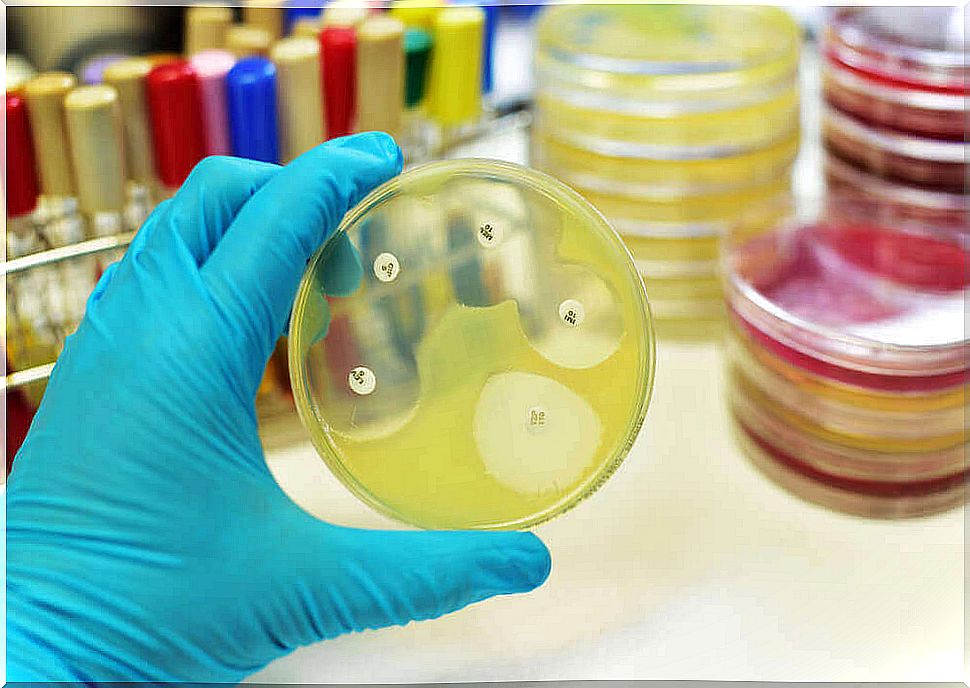
The treatment is done by taking antibiotics. After their administration, the doctor may order another urinalysis to confirm that the infection is gone. In this way, it prevents it from spreading to other parts of the body or from becoming recurrent.
However, in more severe cases of urinary tract infections, the child may require hospitalization, especially if it is a child under six months of age, if the infection has affected the kidney or if the child is dehydrated.
Recommendations for parents
- First, as soon as the first symptoms appear, you should take the child to the doctor for a diagnosis of the infection.
- Of course, after the diagnosis, you should follow the instructions of the specialist and administer the antibiotics in the indicated amounts, frequency and duration
- Likewise, you should monitor the frequency of urination of young children. In case they can express themselves, you should also ask them if they are in pain.
- On the other hand, you should encourage the child to drink water. You should especially take care to maintain their hydration by giving them water to drink and avoiding sodas, teas and infusions.
- Regarding prevention, if the child is still in diapers, we need to change it frequently in order to maintain the hygiene of the urinary tract
- In older children who already go to the toilet on their own, we need to instill appropriate hygiene standards and habits. For example, we should teach girls to always clean from front to back, as bacteria around the anus could enter the urinary tract.
- In addition, we should prefer cotton underwear and avoid synthetics which cause sweating
Urinary tract infections are usually mild and can be easily treated with antibiotics. If in doubt, consulting the pediatrician will always be the best option, while maintaining good hygiene habits for the little ones in the house.




